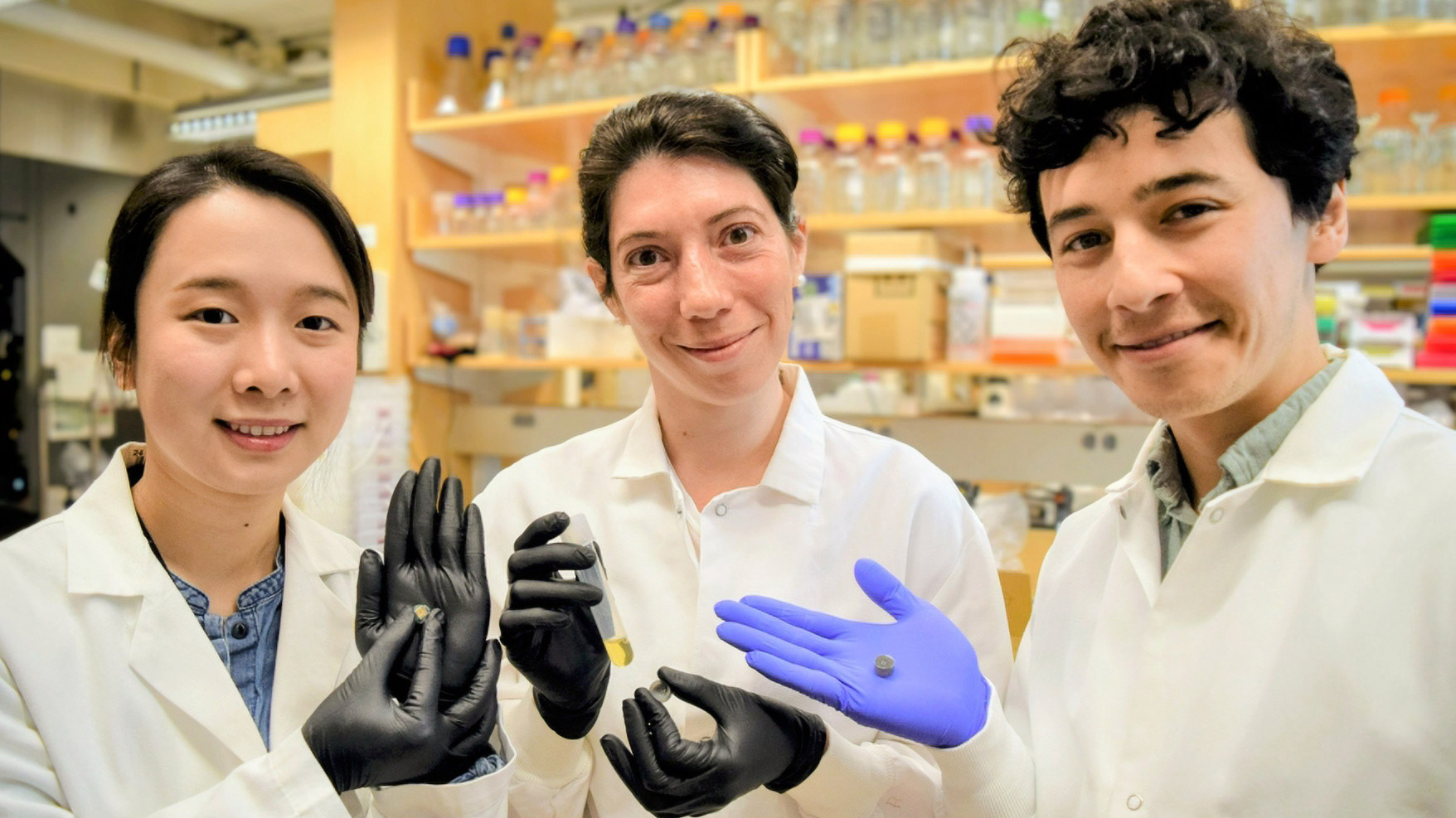Roughly 7 million people around the world cope with inflammatory bowel diseases like colitis or Crohn’s, and current diagnostic techniques make monitoring and treating them a challenge. But a “smart pill” developed by researchers from MIT, Boston University, and elsewhere could be a game changer.
The pill, which is the size of a blueberry and safe to swallow, can automatically detect key indicators of IBD and makes it possible to track them in real time. Living bacteria enclosed in it have been engineered to produce light when they encounter certain biological molecules such as nitric oxide and byproducts of gut sulfur metabolism, all of which mediate or are linked to intestinal inflammation. These are often short-lived, so they are hard to detect with current techniques such as colonoscopy, which are also much more invasive.
Once the bacteria light up, electronics within the pill convert that light into a wireless signal that can be transmitted to a smartphone or computer as it travels through the gut. The researchers showed that the bacteria could not only detect nitric oxide but distinguish between different concentrations of it, a key to catching an inflammatory flare-up before symptoms begin.
Don’t settle for half the story.
Get paywall-free access to technology news for the here and now.
